Lightning and Surge Protection for Telecommunication Towers
Lightning protection systems for telecommunication towers play a crucial role in transmitting information through technologies like wire, radio, optical, or electromagnetic systems. This process enables data exchange between individuals, businesses, and devices over long distances.
Core Steps in Lightning and Surge Protection for Telecommunication
Telecommunication consists of three core steps: encoding, transmission, and decoding. Telecommunication towers, typically metallic structures, support various equipment, protocols, and technologies that facilitate long-distance data transmission. Any disruption in this system can have global implications, affecting operations and lives worldwide. The low voltage in most telecommunication devices makes them particularly vulnerable to transient over-voltage surges caused by direct or indirect lightning strikes. The antennas, used for transmitting and receiving signals, are especially at risk.
Importance of Lightning Protection Systems for Telecommunication Towers
Lightning protection systems for telecommunication towers are essential. LPES provides solutions to protect equipment, maintain service continuity, and reduce risks. These systems address the vulnerabilities that arise from reliance on electronic devices, cables, and towers that form the backbone of communication networks. Cables can act as antennas, capturing electromagnetic energy from lightning, which leads to data loss, equipment damage, and disruptions.
How Lightning Affects Telecommunication Towers
Lightning strikes begin when a step leader connects with objects like antennas or cables on a tower, causing severe damage. The lightning current then travels through cables, risking damage to equipment and personnel. As the current moves downward, it can melt materials and cause side flashes. Establishing a low-impedance path for dissipation is crucial; otherwise, injuries, equipment damage, or fires can occur.
The Role of Lightning Rods and Antenna Towers
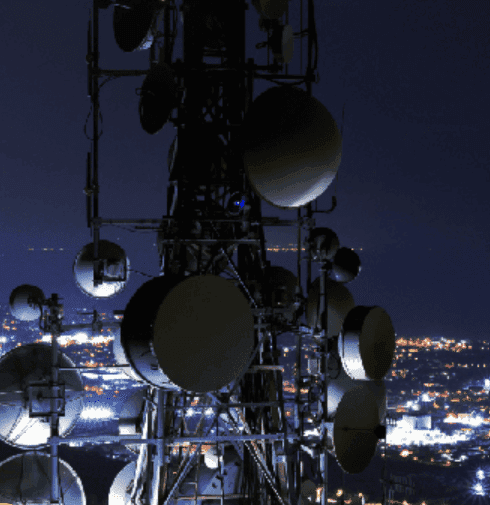
While lightning rods offer some protection, they may not suffice for radio tower lightning protection. Telecommunication towers, made of conductive materials like steel, attract lightning due to their height and conductivity. Lightning protection systems for telecommunication towers can mitigate risks, but their effectiveness depends on integrating protective devices, such as telecom surge protectors.
Designing Tower Structure and Antenna Positioning
Lightning typically strikes taller structures. Statistically, towers under 100 meters are less likely to be hit. Proper design positions antennas below the highest point, allowing the tower to absorb strikes and protect sensitive equipment. Effective grounding systems maintain equipotential bonding, reducing damage risk.
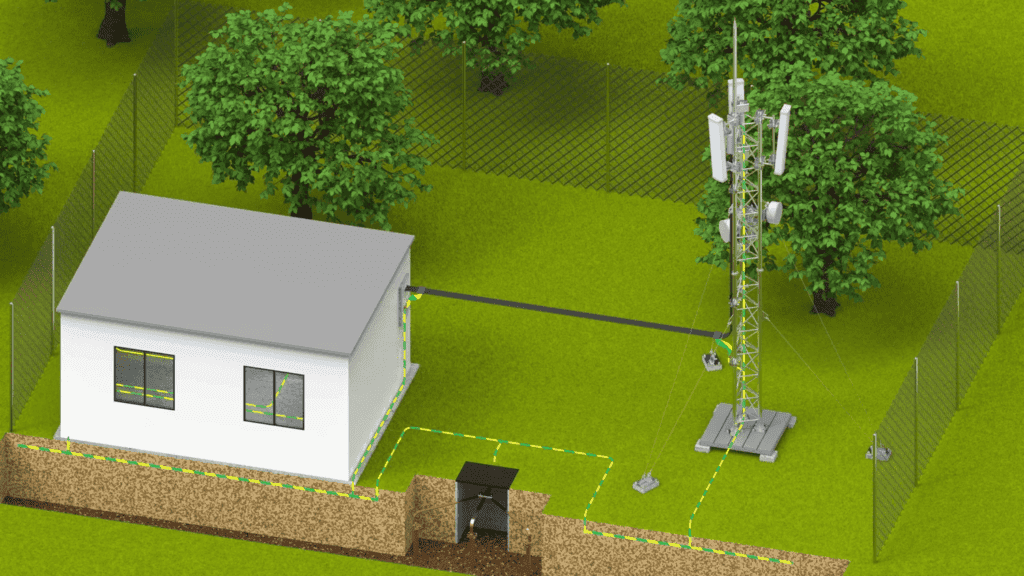

Grounding Layouts: Outdoor vs. Indoor
Grounding systems are essential, but outdoor configurations may not be feasible in some settings, like multi-floor buildings. In such cases, alternative outdoor ground electrode systems must be considered.
Risks Without Lightning Protection Systems for Telecommunication Towers
Lightning protection systems for telecommunication towers are crucial to preventing equipment damage, service disruption, data loss, fire hazards, and safety risks. Without protection, lightning can damage expensive equipment, cause service downtime, and result in data corruption. Surge protection devices (SPDs) can mitigate these risks by dissipating surges.
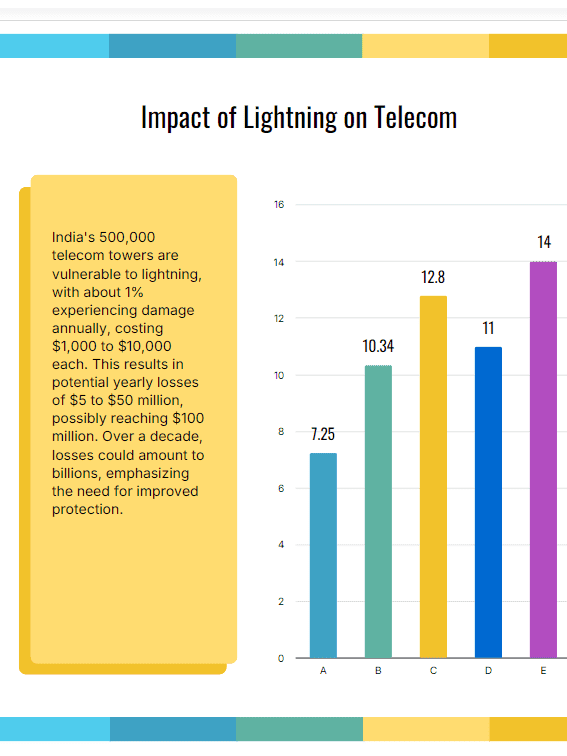
Cost of Service Disruption
Service disruption from lightning strikes can be costly. It can lead to revenue losses, customer dissatisfaction, and potential SLA penalties. In rural areas, unprotected tower failures can leave large regions without communication, impacting emergency services.
Fire Risks from Lightning
Lightning-induced fires pose severe risks. Lightning generates heat that can ignite tower materials or surroundings, causing extensive damage. Proper lightning protection minimizes this risk, ensuring safety for personnel working near towers.
Understanding Lightning Protection Zones (LPZ) per IEC 62305
Zones LPZ 0A and LPZ 0B face the highest lightning exposure, affecting antennas and exterior walls. Inner zones, like LPZ 1 and LPZ 2, require SPDs for electromagnetic impulse protection to ensure continuous tower operation.
LPES Solutions for Telecommunication Towers
IEC 62305-3 outlines a comprehensive lightning protection system. The external lightning protection system’s air terminal intercepts lightning, safely directing the energy into the ground through down conductors. Maintaining adequate separation distances prevents side flashes and ensures safety.
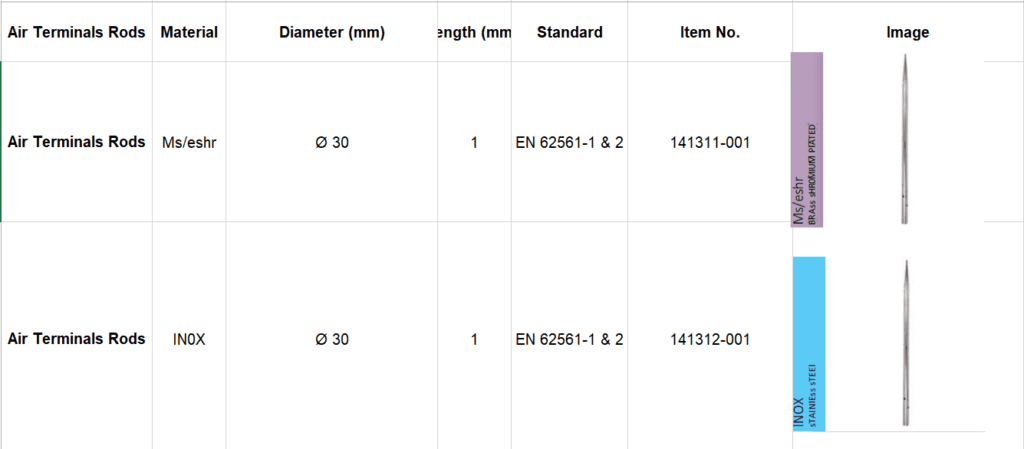
Choosing Down Conductors
When maintaining separation distances isn’t possible, LPES recommends using high-voltage, insulated conductors. Tinned copper tape serves as an effective down conductor due to its reduced resistance and inductance.


The Importance of Grounding Systems
Grounding systems, utilizing ground rods, mats, and bars, play a crucial role in lightning protection. They ensure effective lightning energy dissipation, protecting telecommunication networks.
Significance of Equipotential Bonding
Equipotential bonding connects all conductive components to a common potential, preventing dangerous voltage differences during lightning events. This system is essential for safeguarding telecom equipment and personnel and ensuring continuous service.
Surge Protection for Telecommunication Systems
External lightning protection systems cannot prevent the effects of distant lightning strikes or the electromagnetic fields generated by lightning currents as they travel from the cloud to the ground. Therefore, antennas and associated equipment require robust protection against transient surges.
Importance of Surge Protection
Surge protection plays a crucial role in any comprehensive lightning protection system. When lightning strikes the exterior of a structure, it can induce surges that cause significant damage to sensitive and expensive equipment inside. To mitigate these risks, effective surge protection is essential.
LPES Surge Protection Solutions
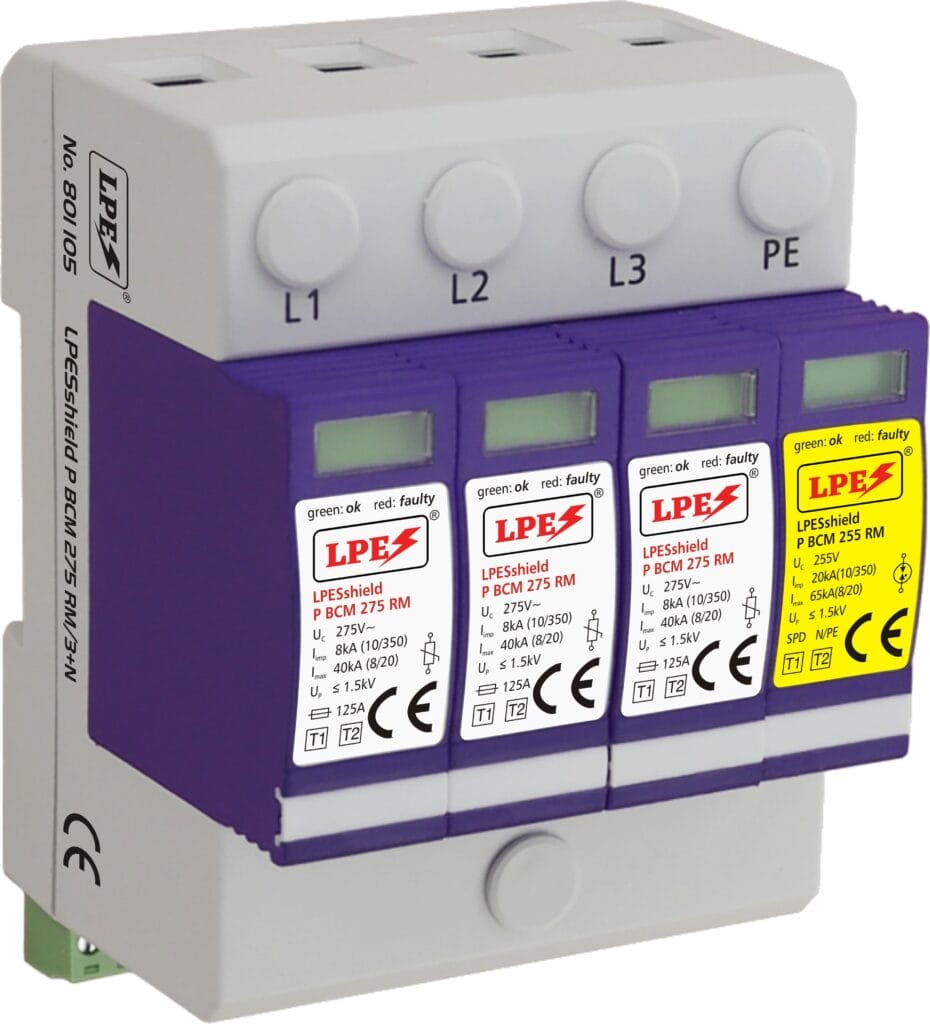
1. Type 1 Surge Protectors
These devices are installed at the main entrance point of the building, typically where the power supply enters. They handle large surges directly from lightning strikes and prevent these surges from entering the building’s electrical system. The LPESshield series combines direct lightning protection with Type 1 SPD technology. It withstands a peak current of 30 kA with a 10/350 μs wave, ensuring residual voltage remains below 1.5 kV.
2. Type 3 Surge Protectors
Installed close to terminal devices and sensitive equipment, Type 3 surge protectors shield individual devices from any remaining surge that may have escaped previous stages. This ensures that equipment, such as antennas and communication systems, remains protected from potential damage. The LPESgate series effectively protects coaxial lines connected to antennas without causing distortion or loss of signal power. These devices support a current of 10 kA per pole with an 8/20 μs wave and maintain a residual voltage lower than that supported by the equipment.

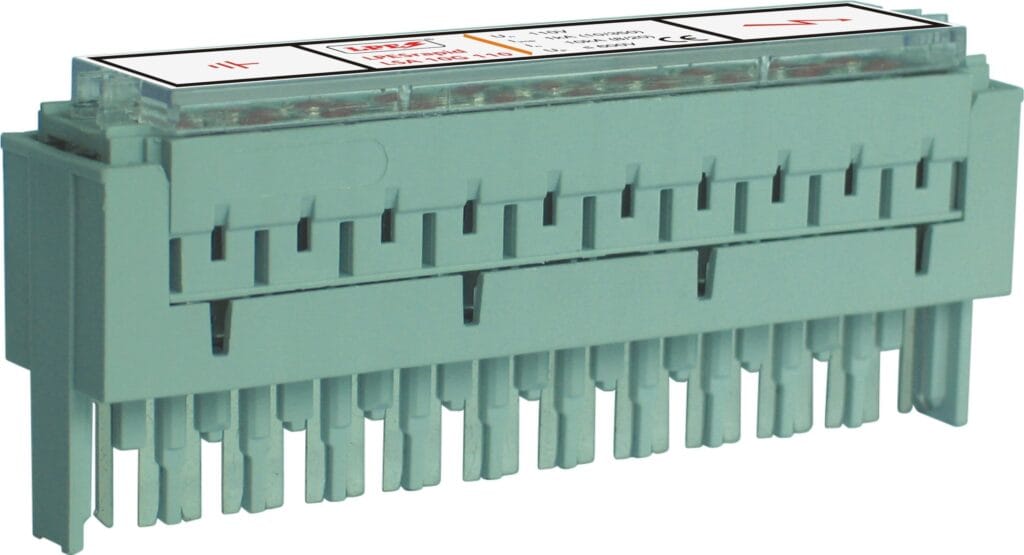
3. Additional Protection Devices
LPESrapid devices are designed to protect coaxial lines connected to antennas. They ensure that sensitive communication equipment remains safe from transient overvoltages. Meanwhile, LPESconnect devices safeguard data and signal lines, preventing damage caused by electrical surges.
Conclusion
This comprehensive approach protects telecommunication towers from lightning strikes through effective lightning protection systems for telecommunication towers. These systems ensure uninterrupted communication and enhance safety for all personnel involved.

